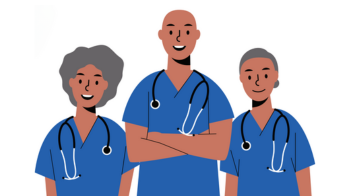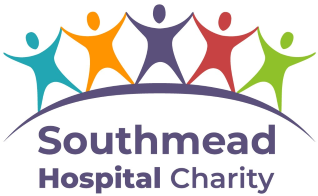What to expect in the Emergency Department
Resus
Resus is for the most critically unwell patients with life or limb-threatening conditions.
Majors
Majors is for acutely unwell patients who require regular monitoring.
Minor Injuries Unit - See and Treat
See and Treat is our Minor Injuries Unit (MIU), and where most injuries get seen.
The minor injury unit can see both children and adults.
It can treat patients with minor injuries such as cuts, sprains, minor burns and suspected broken bones.
We do not have a dedicated Minor Injuries team overnight, and all patients will be seen in the ED, along with the Majors and Resus patients.
This means that after 1 am, patients with minor injuries may wait considerably longer than they would normally.
If you have a minor injury or illness overnight, you will be seen in order of clinical need alongside ambulance arrivals and emergency patients.
At present, waiting times are much longer overnight, and you may be asked to come back the following morning, or to attend another suitable service instead.
Other Minor Injuries units are at Yate MIU, Clevedon MIU and South Bristol Community Hospital.
ED Observation Unit (EDOU)
The ED Observation Unit is a seated assessment area for ambulatory patients who are well, but may need further observation and treatment.
If you are unlikely to require admission to hospital, and are waiting for results, need further treatment and/or observation, you will be transferred to our seated monitored waiting area (EDOU).
Occasionally, depending on the results of certain investigations, patients may need admission to a specialised ward from the EDOU.
The EDOU also has capacity for two surgically expected patients, this means you may be referred directly by your GP to the EDOU, depending on your GP assessment.
Redirections
In the current climate, waiting times in the Emergency Department can be very long, and for many people, an emergency department is not the best place to be seen.
The Senior Streaming Nurse may decide your condition does not need to be seen in the Emergency Department and may direct you elsewhere.
This may happen if our team thinks your condition is not an emergency, or you have certain symptoms which mean you need to be seen by another healthcare provider.
You may be redirected to 111 (link to phoning 111 in the Emergency Department), local Minor Injuries Units (Yate and Clevedon), your GP, local pharmacies, Same Day Emergency Clinic (SDEC) (based at Gate 36, Level 1 of the hospital) or Bristol Children’s Hospital Emergency Department.


























